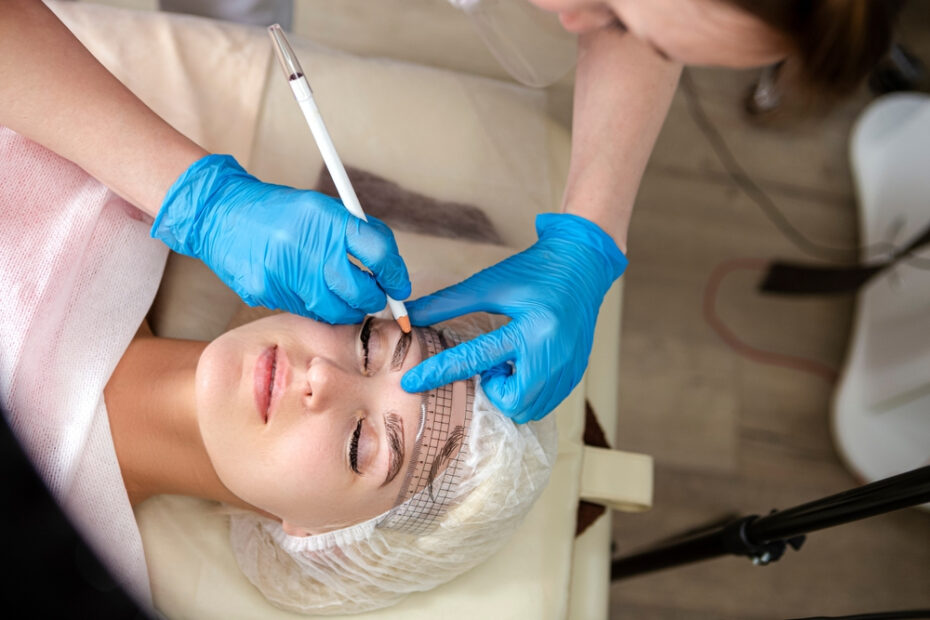Understanding Why Microblading Removal Causes Redness
Microblading removal, also known as microblading correction or tattoo removal, is a process to diminish or eliminate unwanted microblading pigment from the skin. Similar to the initial microblading procedure, microblading removal can result in redness in the treated area. Let’s explore why this happens and how to manage it effectively.
The Microblading Removal Process
Microblading removal techniques vary, but they generally involve using specialized solutions or tools to break down and lift the pigment particles from the skin. This process aims to gradually fade the pigment, allowing the skin to return to its natural appearance.
Causes of Redness
- Skin Irritation: Like microblading, the removal process involves disrupting the skin’s surface. This can lead to minor trauma and irritation, triggering inflammation and redness as the body works to heal the treated area.
- Inflammatory Response: The body’s immune system responds to the removal process by increasing blood flow to the area. This inflammatory response is a natural part of the healing process but can contribute to temporary redness and swelling.
- Sensitivity to Removal Solution: Some individuals may have sensitive skin or be allergic to the solutions used during the removal process. This sensitivity can exacerbate redness and other skin reactions.
Managing Redness After Microblading Removal
- Follow Aftercare Instructions: Aftercare is crucial for minimizing redness and promoting healing after microblading removal. Follow your technician’s instructions carefully, which may include keeping the treated area clean and applying soothing ointments or creams as directed.
- Avoid Sun Exposure: Protect the treated area from sun exposure, as UV rays can exacerbate redness and prolong the healing process. Wear sunscreen or protective clothing when outdoors, especially during peak sun hours.
- Cool Compresses: Applying cool compresses to the treated area can help reduce inflammation and soothe redness. Use a clean cloth dampened with cool water and apply gently to the skin as needed.
- Stay Hydrated: Drink plenty of water to keep your skin hydrated and promote healing. Proper hydration can help flush toxins from the body and support the skin’s recovery process.
When to Seek Medical Attention
While mild redness and swelling are common after microblading removal, severe or persistent symptoms may indicate an adverse reaction or infection. If you experience excessive redness, swelling, pain, or signs of infection such as pus or fever, seek medical attention promptly for evaluation and treatment.
For expert microblading removal services and guidance on managing post-procedure redness, book your appointment with Aesthetic Skins today!


